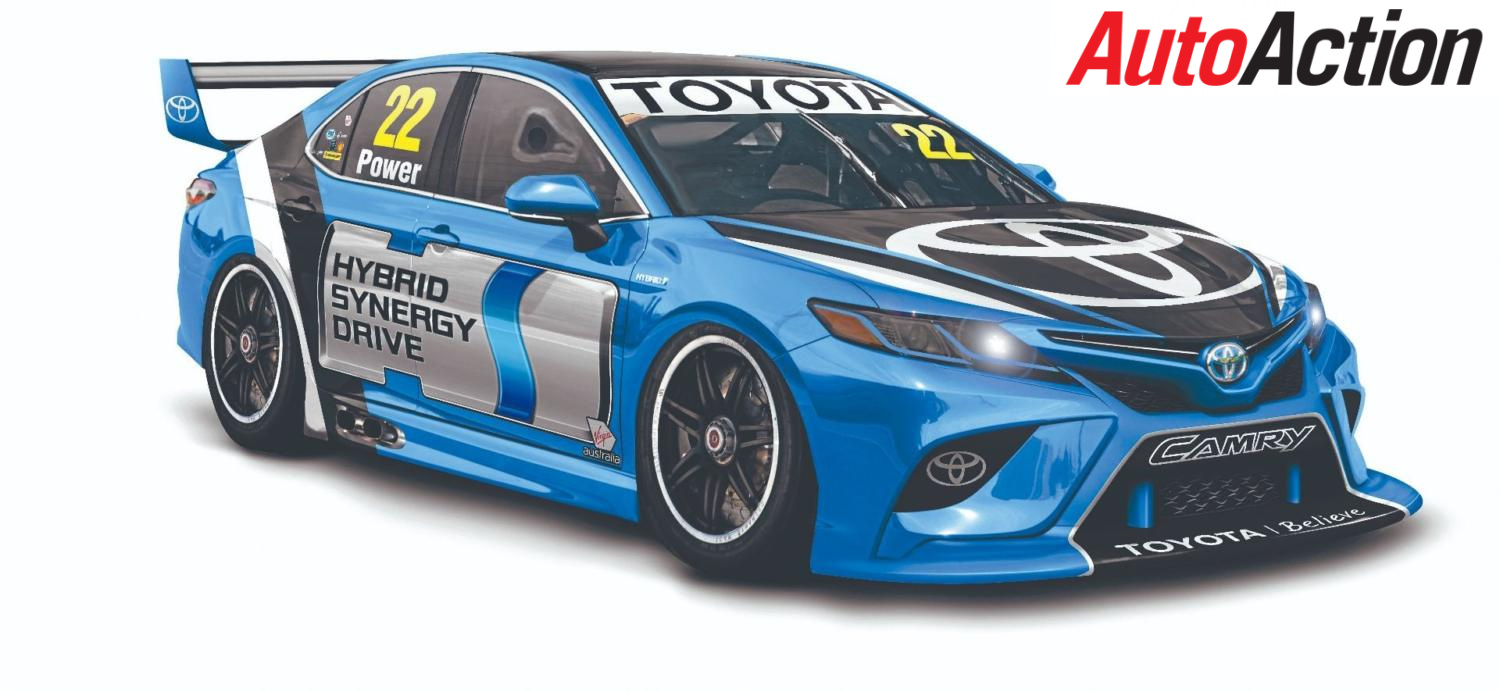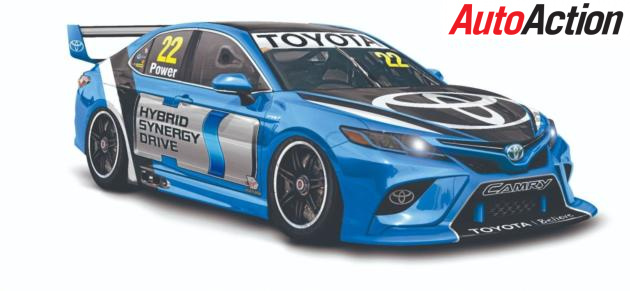CONFIRMED: SUPERCARS LOOKING AT HYBRID FUTURE


GEN3 regulations might encourage Toyota to join Supercars – Image: Tim Pattinson
SUPERCARS HAS confirmed that petrol-electric hybrid powertrains are being actively evaluated for the future, as forecast by Auto Action.
By MARK FOGARTY
Planning for the next major revamp of the technical and eligibility rules, due for introduction in 2022, includes a close look at incorporating hybrid technology.
Previously dubbed ‘Gen3’, the proposed evolution of the existing cars is now known as Next Generation.
As revealed exclusively in Auto Action #1736 (May 17), the adoption of electric-assisted engines is under serious consideration as a major part of the review of the rules to take Supercars through to the end of the next decade.
Supercars chief executive officer Sean Seamer has verified the pre-emptive report, admitting that hybrid power plants are high on the agenda of discussions about the post-2021 regulations.
“Hybridisation is obviously a key topic, so we’ll make sure we do our due diligence on that,” Seamer told the Supercars web site.
He also confirmed that the framework for the Next Generation regulations was scheduled to be decided by the end of this year.
Some form of hybrid system – using regenerative braking to charge batteries that power an additional electric motor – could be encouraged or even made compulsory from 2022.
As well as providing an on-demand power boost, the electric motor could be used to also drive ancillary functions.
Supercars is understood to be looking at a parallel petrol-electric hybrid set-up similar to the Kinetic Energy Recovery System (KERS) used in F1 from 2009-2013.
KERS-style arrangements harvest and deploy braking energy to add to the output of the main internal combustion engine.
Racing transaxles incorporating electric generator motors are widely available and increasingly cost-effective, while the weight and price of lithium-ion battery packs are also falling.
Supercars are studying hybridisation to increase the appeal and relevance of the sport to car manufacturers, which are rapidly adding varying levels of electrification to their petrol engines.
Several car-makers have indicated they might be interested, while a hybrid initiative could finally attract Toyota or its luxury stablemate Lexus, which are local and international leaders in petrol-electric powertrains.
A computer-generated rendering of a Toyota Camry Hybrid racer accompanied AA’s scoop story to illustrate the possibility. It was made clear that Toyota Australia was not yet officially considering any active involvement in Supercars.
But it will be among the manufacturers being consulted on the future direction of Supercars.
“We will include manufacturers in those discussions to get their feedback and their inputs, and in terms of what works for them, and make sure that we understand what their long-term product roadmap looks like,” Seamer said.
“They’ve asked what hybridisation might look like. Do we have the ability to do it? Is it something that we will consider as part of Next Generation? To which we have said, ‘Yes, we will look at that as part of the program and the planning’.”
Stressing that the Next Generation rules will be evolutionary rather than revolutionary, retaining the existing control chassis concept and five-litre V8 engine foundation, Seamer added that any changes were far from decided.
“It’s still very early days,” he said. “I couldn’t possibly predict what the outcome of that exercise is going to be at the end of this year, but when we’ve got something to share, we’ll make sure that we do.”
The Next Generation rules will be the third phase of Supercars’ reform of the technical and eligibility rules.
In 2013, Car Of The Future replaced the Commodore/Falcon-only ‘Project Blueprint’ partial standardisation adopted a decade earlier, broadening eligibility to any make with a five-litre V8-powered rear-drive four-door sedan on a common platform with interchangeable body panels.
COTF was rebranded New Generation ahead of 2017’s Gen2 update, which additionally allowed two-door, four-seat coupes and engine configurations other than V8s.
Gen3 was the working title for the next scheduled update from 2022 – and aimed at taking Supercars through to the end of the 2020s – but Seamer recently decreed that it be recast as Next Generation.
For more of the latest Supercars news, pick up the latest issue of Auto Action, on sale now. Also make sure you follow us on social media Facebook, Twitter, Instagram or our weekly email newsletter for all the latest updates between issues.





